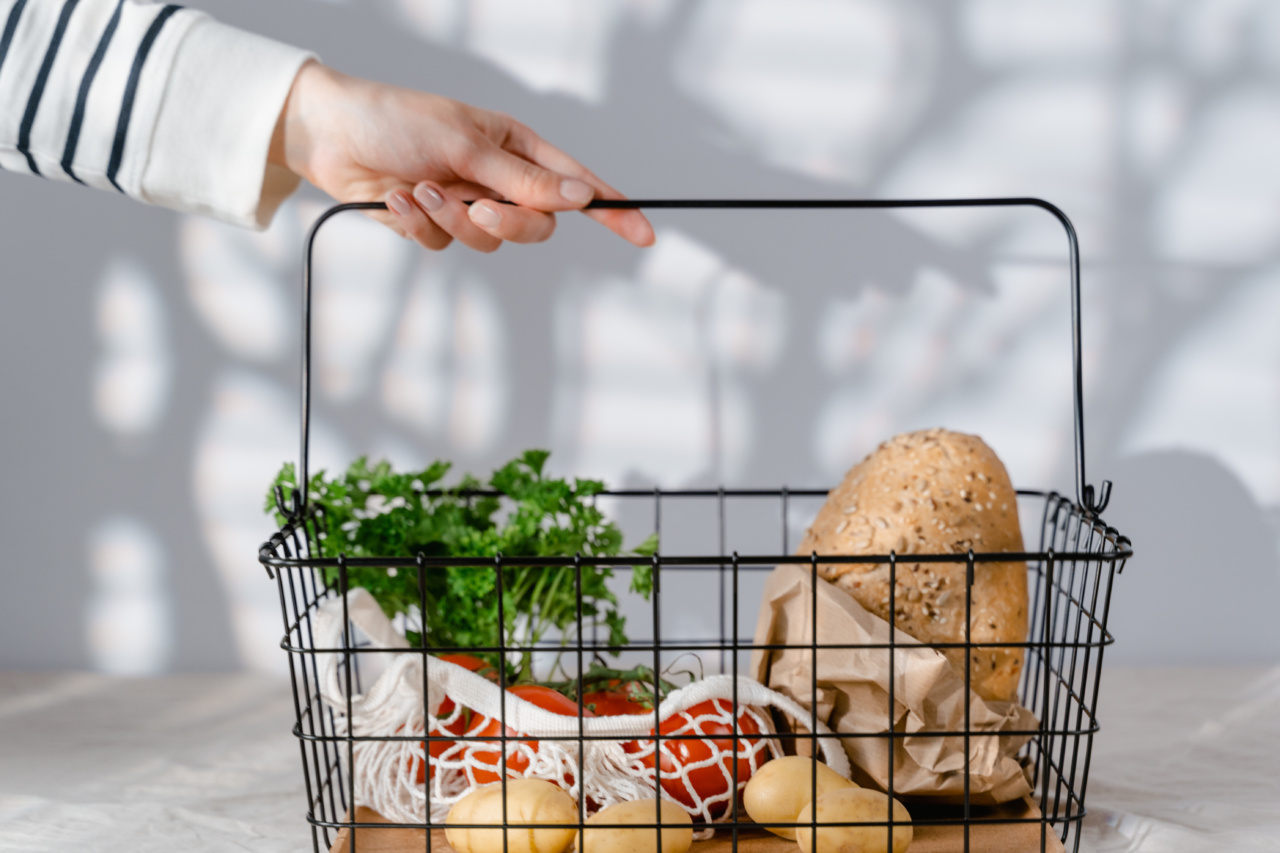When we go grocery shopping, we often assume that the products we buy are safe and free from any potential dangers. However, there are several hidden dangers that lurk in our shopping baskets, posing risks to our health and well-being.
From harmful chemicals to contaminated food, it is essential to be aware of these dangers and take necessary precautions. In this article, we will explore some of the potential hazards that can be found in everyday items we purchase, as well as provide tips on how to minimize the risks.
1. Pesticide residues in fruits and vegetables
Many fruits and vegetables are sprayed with pesticides to protect them from pests and diseases. While these chemicals help maintain crop yields, they can also pose health risks to consumers.
Pesticide residues can linger on the produce, even after washing, and may have adverse effects on human health, including neurotoxicity and hormonal disruption. To minimize exposure, consider buying organic produce or washing fruits and vegetables thoroughly before consumption.
2. Food additives and preservatives
Processed foods often contain a plethora of additives and preservatives to enhance flavor, extend shelf life, and improve appearance.
However, some of these substances can cause allergies, sensitivities, or even more severe health issues such as cardiovascular problems and digestive disorders. It is crucial to read labels carefully and opt for natural and minimally processed alternatives whenever possible.
3. Hidden allergens
For individuals with food allergies or intolerances, grocery shopping can be a minefield. While allergenic ingredients are usually labeled, cross-contamination can still occur, leading to accidental exposure.
It is essential to read labels thoroughly, especially for products that are manufactured in facilities that handle common allergens such as peanuts, soy, or gluten. If in doubt, contacting the manufacturer for clarification can help avoid potential allergic reactions.
4. Bisphenol A (BPA) in packaging
BPA is a chemical compound used in the production of certain types of plastic packaging and can linings.
It can seep into food and beverages, especially when exposed to heat or high acidity, and has been associated with hormonal imbalances and potential adverse effects on reproductive health. Choosing products packaged in BPA-free containers, or opting for fresh and unpackaged alternatives, can help minimize exposure.
5. Hidden sugars
Excessive sugar consumption has been linked to various health issues, including obesity, diabetes, and cardiovascular diseases.
While some products, such as candies and sodas, are known to be high in sugar, many others, such as sauces, cereals, and even bread, can contain significant amounts of hidden sugars. Checking nutrition labels for added sugars and opting for healthier alternatives can help control sugar intake and reduce health risks.
6. Mercury in seafood
Seafood is generally considered a healthy choice due to its high omega-3 fatty acid content.
However, certain fish species, such as shark, swordfish, and king mackerel, can contain high levels of mercury, a neurotoxic substance that can be harmful, particularly for pregnant women and young children. It is advisable to choose low-mercury seafood options like salmon, shrimp, or tilapia and limit consumption of high-mercury fish.
7. Contaminated meat
The mishandling and improper storage of meat products can lead to contamination by bacteria such as Salmonella, E. coli, or Campylobacter. Consuming contaminated meat can cause food poisoning and other severe gastrointestinal illnesses.
To reduce the risk of contamination, it is essential to handle and cook meat properly, following food safety guidelines, and purchasing meat from reputable and hygienic sources.
8. Trans fats in processed foods
Trans fats are highly unsaturated fats that are often found in processed foods, including baked goods, margarine, and fried snacks. These fats have been linked to an increased risk of heart disease and other health problems.
Reading labels and avoiding products that contain partially hydrogenated oils can help reduce trans fat consumption and promote heart health.
9. Genetically modified organisms (GMOs)
Genetically modified organisms (GMOs) are crops that have been genetically altered to possess desirable traits, such as increased resistance to pests or improved yields.
While GMOs have been extensively studied and deemed safe for consumption by regulatory authorities, concerns about their long-term effects persist. If you prefer to avoid GMOs, look for products labeled as non-GMO or choose organic options.
10. Contaminated baby products
Baby products, such as formula and baby food, can occasionally be contaminated with harmful substances. For example, some infant formulas have been found to contain high levels of heavy metals like arsenic or lead.
It is vital to stay informed about product recalls and choose reputable brands that prioritize safety and quality control.
Overall, keeping these hidden dangers in mind while grocery shopping can help protect you and your family from potential health risks.
Reading labels, opting for organic and minimally processed foods, and staying informed about product recalls are essential steps in creating a safer shopping experience.



























